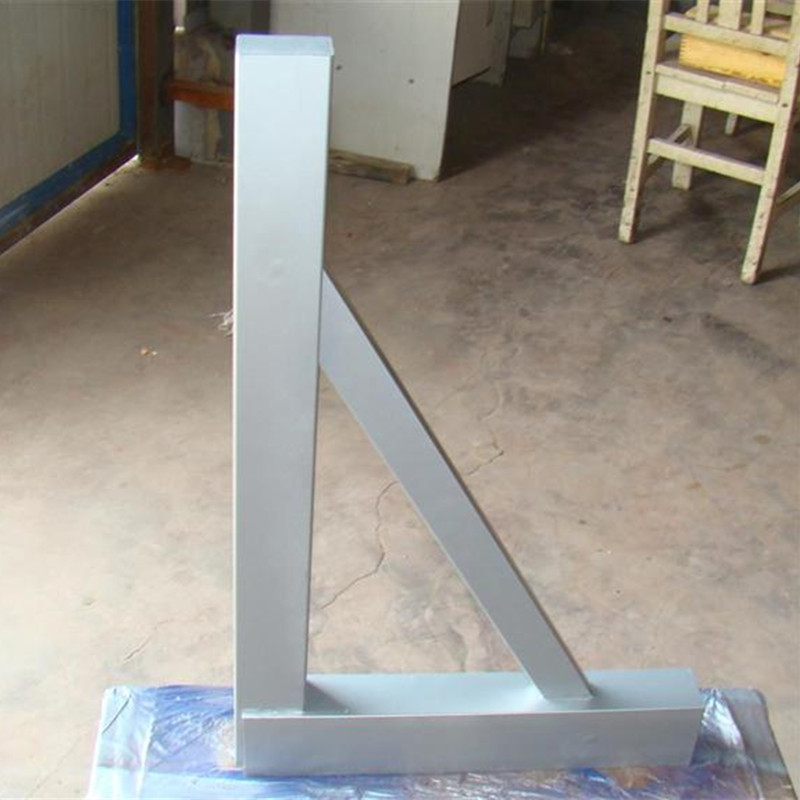Қар . 13, 2024 22:24 Back to list
ring gauge measurement
Understanding Ring Gauge Measurement A Comprehensive Guide
Ring gauge measurement is a critical technique in the field of manufacturing and quality control, particularly when it comes to assessing the dimensional accuracy of circular components. This method utilizes precision-engineered tools known as ring gauges, which are designed to measure the external dimensions of cylindrical objects with remarkable accuracy. In this article, we will delve into the principles of ring gauge measurement, its applications, benefits, and best practices in order to understand its vital role in engineering and manufacturing processes.
What is a Ring Gauge?
A ring gauge is a type of go/no-go gauge that is specifically used to check the outside diameter of cylindrical parts. This tool comes in the form of a circular ring, which can be divided into two categories go gauges and no-go gauges. The go gauge is the minimum acceptable size, while the no-go gauge represents the maximum allowable size. When a cylindrical part is inserted into the go gauge, it should fit snugly; if it doesn't, the part is deemed out of specification. Conversely, the no-go gauge should not allow the part to pass through. This binary assessment makes ring gauges an essential tool for quality assurance in manufacturing.
Principles of Measurement
The primary principle behind ring gauge measurement is the concept of tolerances. Tolerances refer to the permissible limits of variation in a physical dimension. Every manufactured part has specific tolerance requirements that dictate the acceptable range for its size. Ring gauges are designed with high precision and are calibrated to these tolerances, ensuring that the parts produced meet the required specifications.
Moreover, the accuracy of ring gauge measurements is influenced by several factors, including material properties, temperature, and the gauge's surface finish. Therefore, measuring with a ring gauge must be done in a controlled environment to minimize any external influences that may affect the readings.
Applications in Industry
Ring gauges are widely employed across various industries, including automotive, aerospace, and manufacturing. They are particularly useful for
1. Quality Control Ensuring that manufactured parts conform to design specifications is critical in preventing failures. Ring gauges play a major role in quality assurance processes by providing quick and reliable measurements.
2. Machining Operations In machining processes like turning, milling, or grinding, maintaining dimensional accuracy is vital. Ring gauges help machinists verify the size of parts during and after fabrication.
3. Maintenance In industries involving assembly or maintenance of machinery (e.g., aviation or automotive), ring gauges are used to assess wear on components, thereby determining if they need replacement.
ring gauge measurement

Benefits of Using Ring Gauges
1. Precision and Accuracy Ring gauges are manufactured to high standards, providing reliable and repeatable measurements that are crucial in maintaining quality control.
2. Ease of Use With their simple design, ring gauges are easy to use, significantly reducing the measurement time compared to other tools.
3. Cost-Effective The durability of ring gauges means they can withstand repeated use, making them a cost-effective option for manufacturers over time.
4. Minimized Human Error The straightforward go/no-go design minimizes the potential for human error in measurements, enhancing overall quality assurance processes.
Best Practices for Using Ring Gauges
To ensure the effective use of ring gauges, manufacturers should adopt the following best practices
1. Regular Calibration Regular calibration ensures that the gauges remain within specification and provide accurate measurements over time.
2. Proper Storage Store ring gauges in protective cases to prevent damage and contamination that could affect their measurement accuracy.
3. Control Measurement Conditions Conduct measurements in a temperature-controlled environment to prevent expansion or contraction of materials that could skew results.
4. Training Personnel Ensure that employees are well-trained in using and handling ring gauges to maximize their effectiveness and longevity.
Conclusion
In summary, ring gauge measurement is a fundamental process in the manufacturing and engineering sectors, providing crucial insights into the precision of cylindrical components. By understanding how ring gauges work and adhering to best practices, manufacturers can significantly enhance the quality of their products, minimize defects, and ultimately improve their bottom line. As technology advances, the importance of precise measurements in manufacturing will continue to grow, positioning ring gauges as indispensable tools in quality assurance and control.
-
Water Valve Gate Design Prevents Leakage and CorrosionNewsJul.11,2025
-
Steel Fab Table Features Reinforced Construction for LongevityNewsJul.11,2025
-
Specialized Valve Designs for High Pressure SystemsNewsJul.11,2025
-
Machinist Gauge Pins Feature Ground and Lapped FinishesNewsJul.11,2025
-
Hose Check Valve Prevents Backflow in Irrigation LinesNewsJul.11,2025
-
Durable Micrometer Tools Withstand Heavy Workshop UseNewsJul.11,2025
Related PRODUCTS









